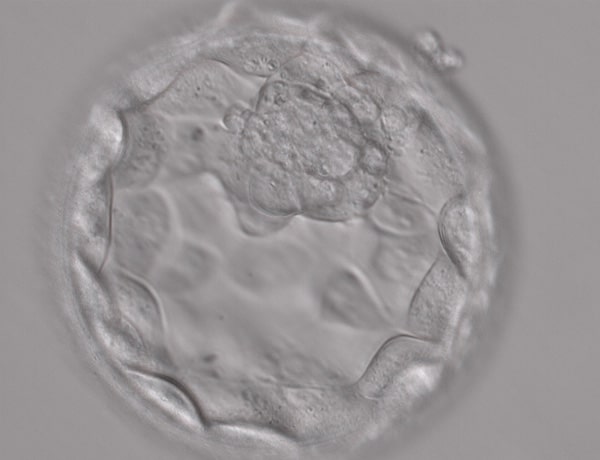Blastocyst transfer and freezing
How many blastocyst stage embryos should be transferred?
The blastocyst culture allows us to select embryos with higher implantation potential, therefore we can follow a more conservative approach when deciding the number of embryos to transfer. This depends on the clinical history of each patient, but in cases with good prognoses, the recommendation will always be to transfer a single embryo.
Positive results
What is the blastocyst transfer success rate?
Transferring a single blastocyst stage embryo offers high changes for pregnancy, reducing the potential for a multiple pregnancy.
Can embryos in blastocyst stage be frozen?
With blastocyst culture, we will have less embryos to freeze but ones of higher quality. The survival rate of frozen blastocyst stage embryos is very high, increasing the chances of achieving a pregnancy.



